Just north of Dublin’s city center, the Mater Hospital is one of Ireland’s busiest medical complexes. The large facility holds over 650 beds, and there’s a constant influx of patients.
But around six years ago, staff at the hospital realized there was a disparity between the quality of care provided to the patients and the experience of their family and loved ones who had to wait anxiously for hours in the hospital to receive updates, often devastating ones. St. Brigid’s Ward contains the hospital’s acute stroke unit, and for families with relatives in treatment there, it was a grim situation: The family waiting area was housed in a cramped, dimly lit room used mainly for on-the-fly staff meetings and storage; mismatched chairs and plastic tables crowded up against the walls. Their comfort, visitors said, felt like an afterthought.
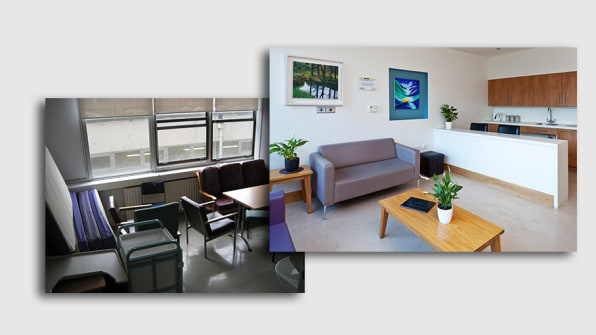
In 2011, the Mater Hospital received a grant through the Design & Dignity Programme, developed by the Irish Hospice Foundation (IHF) and the Health Service Executive (HSE) in 2010 to physically enhance the spaces in hospitals that are especially important to end-of-life care, like family rooms, intensive care unit waiting rooms, and mortuaries. Design & Dignity grew out of a larger supportive program for end-of-life care, the Hospice Friendly Hospitals Program, which The Atlantic Philanthropies funded for around $6 million between 2007 and 2012. (The organization also funds Fast Company‘s coverage of the future of philanthropy.)
That program, and Design & Dignity after it, aimed to draw attention to the fact that while hospitals remain committed to providing the best possible health care to patients, they are often not set up to care for patients at the end of their life–and especially not their grieving loved ones. As Susan Parker, a consultant for Atlantic Philanthropies wrote in a recent case study on the Design & Dignity Programme:
In Ireland, 43% of people who die each year will do so in an acute hospital. While end-of-life advocates argue that one of the key jobs of a hospital is to provide support for dying, death, and bereavement, the reality is that the focus of many hospitals is still on curative care. And the reality is that hospitals can be a difficult place to die.
The revitalization of the St. Brigid’s Family Room in the Mater Hospital was one of those initial pilots. Diarmuid O Coimín, an end-of-life and palliative care specialist, lead the initiative at the hospital; he told Parker in the case study that while some of the Mater Hospital staff immediately saw the benefit of investing in these spaces, others were skeptical that the revamp would have an effect. That skepticism, O Coimín said, was not helped by the fact that in the program’s early days, the answers to many key questions remained elusive: “What are the core elements of a family room? Should it have seating spaces for three people or eight? Is a kitchenette really necessary? Should there be a sofa that converts into a bed so relatives can stay overnight? Would that be a burden on the staff? What do relatives really want?”
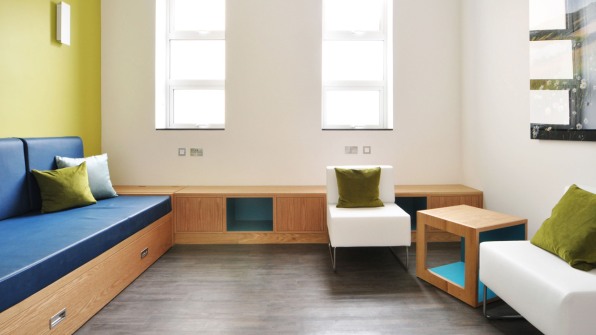
Lacking specifics, O Coimín forged ahead, soliciting input from family members in the hospital and looking into research on family rooms in hospitals. Over the course of six months and with a budget of around $50,000, they developed a calm space, clearly delineated from the rest of the hospital with a fresh color scheme, gentle lighting (as opposed to the harsh fluorescents characteristic of medical wards), artwork on the walls, and a breakfast bar. The update generated a positive response from hospital visitors through surveys conducted by the IHF, and following its completion, Mater Hospital staff are fundraising to create a similar family room in each of the complex’s 20 wards; each room will cost between $5,600 and $67,000 to complete.
The Mater Hospital project is just one funded by Design & Dignity, starting in 2011. The organization, through a partnership with the National Lotteries, provided initial funding $2.7 million to 24 hospitals around Ireland to revamp spaces necessary to end-of-life care, including Nenagh Hospital in County Tipperary, where end-of-life conversations with patients’ loved ones were held in a supply closet. The program has proven a success, and to date, 34 projects have been funded; Mary Lovegrove, the Hospice Friendly Hospitals Program coordinator for the IHF, tells Fast Company that by 2021, grants from the program will be distributed to all public acute hospitals in Ireland, with 60 projects being completed, and the Design & Dignity Guidelines developed to supplement the program will be applied to all future health care buildings constructed in the country.
The 24 initial projects, Parker tells Fast Company, “were sort of exemplars–they were meant to show what this work could mean, and get other hospitals participating in the program.”
Work like what is happening under the Design & Dignity program in Ireland, says Yuhgo Yamaguchi, a principal at the Boston-based design firm Continuum, reflects a broader industry shift toward engaging all stakeholders in the process of developing these spaces. The health care industry, Yamaguchi says, has a reputation for being clinical, but “health care is actually very emotional, and certainly what’s going on in these hospital spaces is very emotional,” Yamaguchi tells Fast Company. “The design needs to take that into account more carefully.”
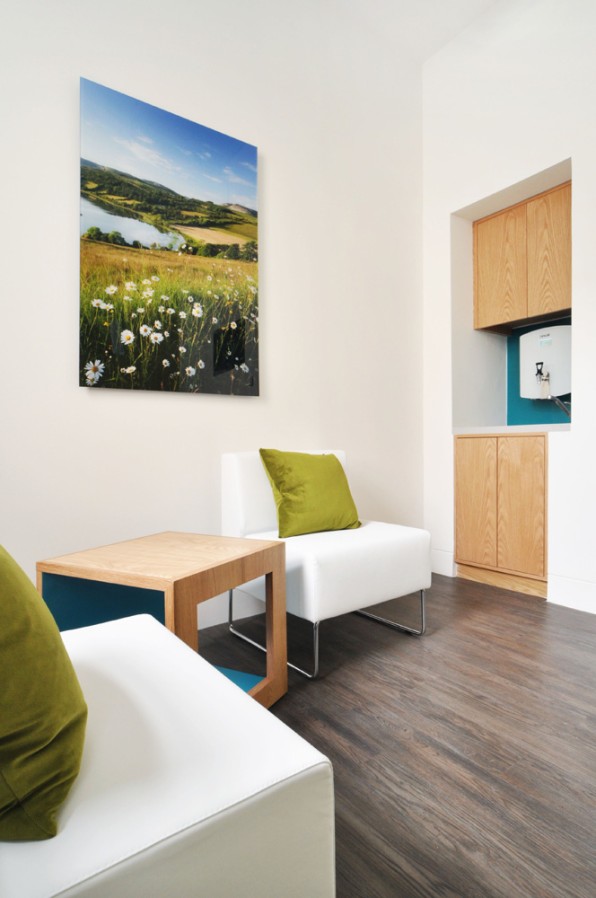
In other aspects of the health care industry, sensitive design is proving to have measurably positive outcomes. In a piece for Harvard Business Review, Yamaguchi illustrates the benefits of overlaying health services with quality aesthetics and amenities. A study of two McGill University hospitals in the Montreal area found that when they redesigned its ICU from shared to private rooms, the spread of infection dropped by 50%, and the average length of stay by 10%. The need for antipsychotic drug injections at an acute psychiatric clinic dropped by 70% when realistic nature posters were hung on waiting-room walls.
“If you can demonstrate the value of design, and show the outcomes of good design, then you can make a case for investing in design,” Yamaguchi says.
That’s certainly the hope as the Design & Dignity Programme rolls out in Ireland. While the efforts there are more focused on comfort than on improving patient outcomes, the significance of that effort, Yamaguchi says, should not be downplayed: A study from the University of Southern California found that good-quality amenities are a larger factor in driving traffic to hospitals than clinical quality. While the revamps outlined through the program are not prohibitively expensive, they do require an investment, but Yamaguchi’s research suggests that such an investment will benefit the hospital’s bottom line as much as the patients and families themselves.
Awaiting devastating news of a loved one in a hospital is harrowing for family members. The Design & Dignity Programme is creating comfortable, homey spaces in the wards to soften the experience.
Just north of Dublin’s city center, the Mater Hospital is one of Ireland’s busiest medical complexes. The large facility holds over 650 beds, and there’s a constant influx of patients.
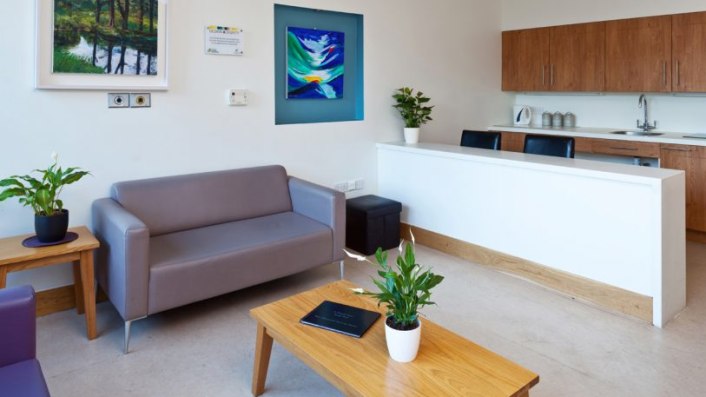
In 2011, the Mater Hospital received a grant to physically enhance the spaces in hospitals that are especially important to end-of-life care, like family rooms, intensive care unit waiting rooms, and mortuaries. [Photo: Irish Hospice Foundation]
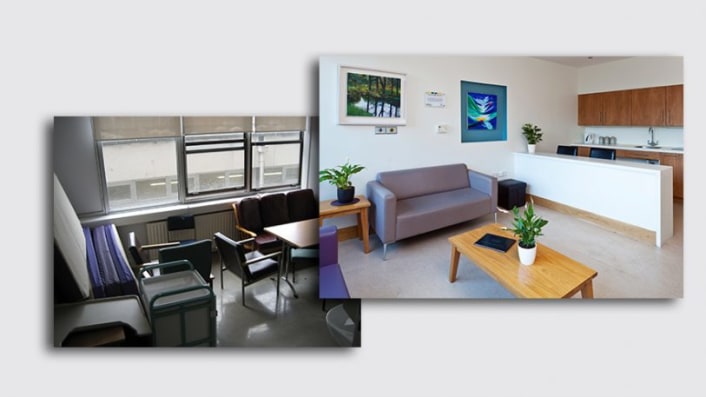
Over the course of six months and with a budget of around $50,000, they developed a calm space, clearly delineated from the rest of the hospital. [Photos: Irish Hospice Foundation]
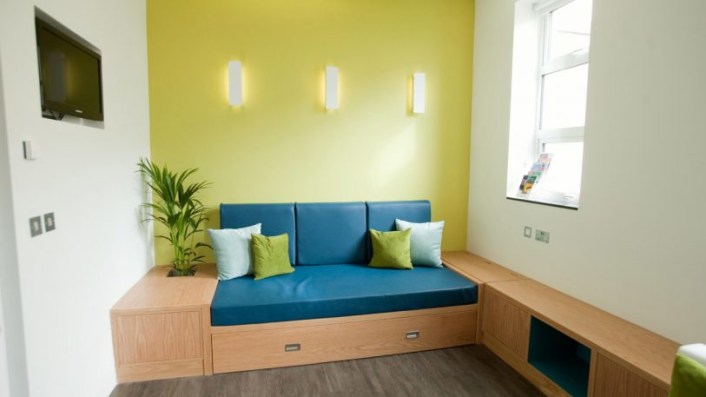
It has a fresh color scheme, gentle lighting (as opposed to the harsh fluorescents characteristic of medical wards), artwork on the walls, and a breakfast bar. [Photo: Irish Hospice Foundation]
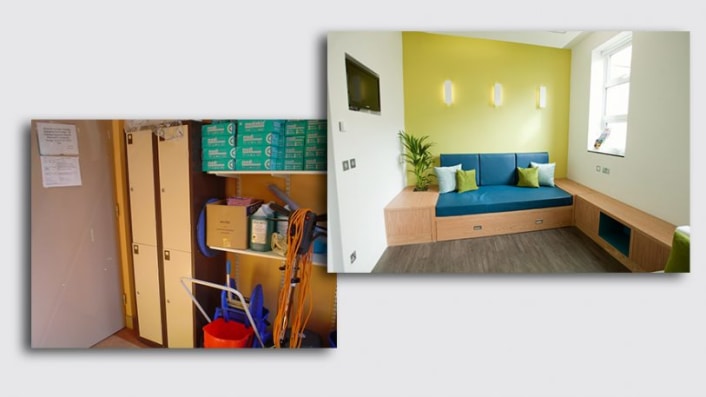
The update generated a positive response from hospital visitors through surveys. [Photos: Irish Hospice Foundation]
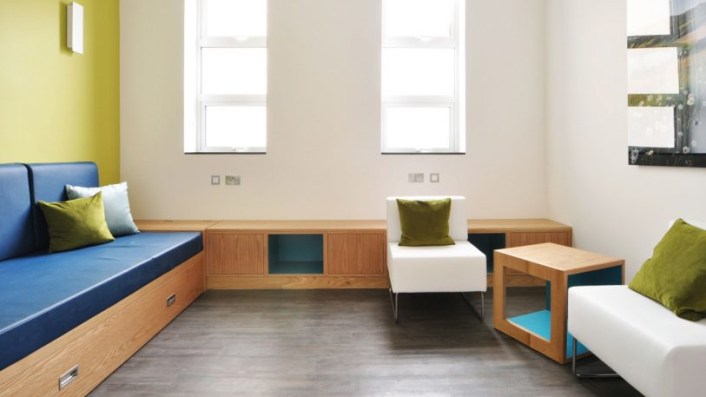
Following its completion, Mater Hospital staff are fundraising to create a similar family room in each of the complex’s 20 wards. [Photo: Irish Hospice Foundation]
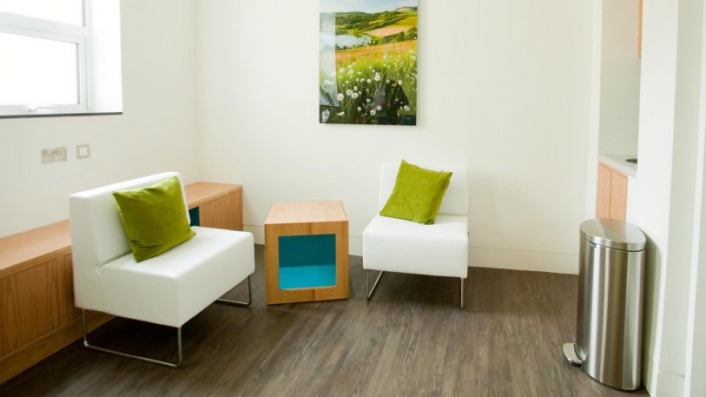
Each room will cost between $5,600 and $67,000 to complete. [Photo: Irish Hospice Foundation]
Fast Company , Read Full Story
(39)